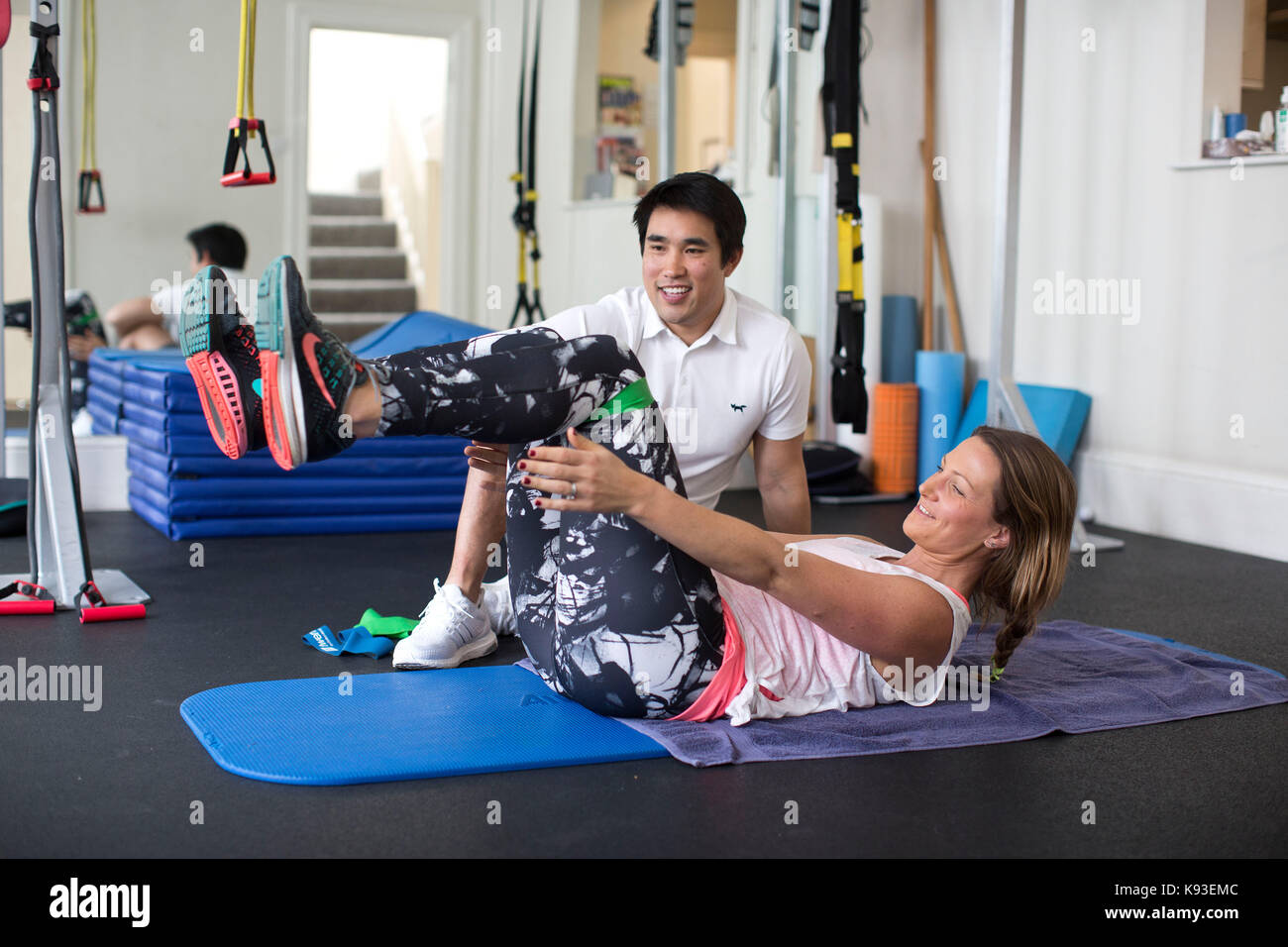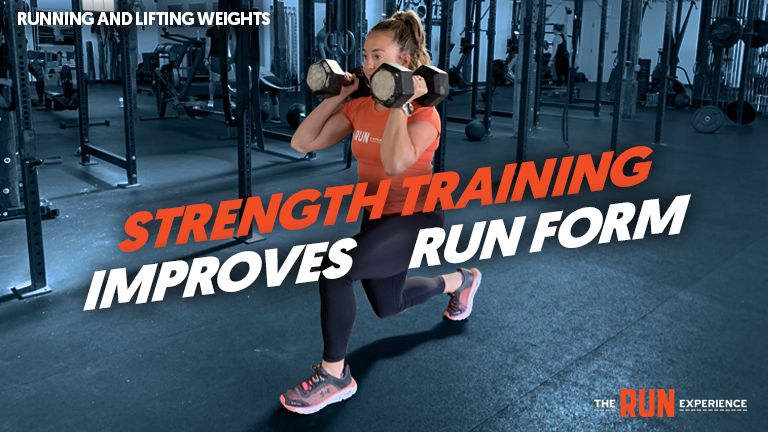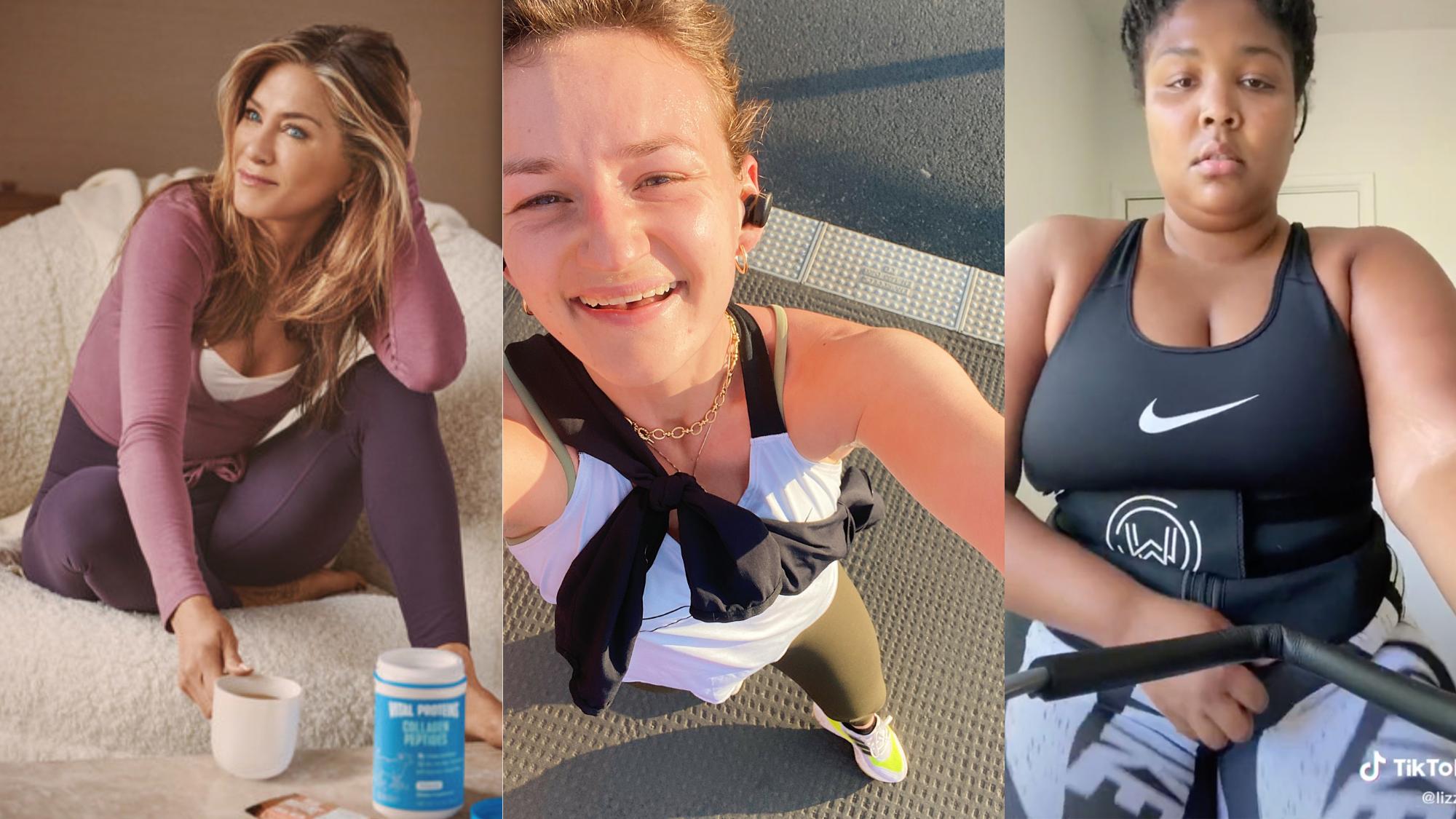
To become a personal trainer, it is necessary to obtain the appropriate education and certifications. To become a personal coach, there are many courses you can take. You can even get a degree for Sports medicine, Business or Exercise science. This article will talk about the various distance learning courses.
Distance learning
Many possibilities exist for distance education of trainers. This can be a one-time coaching session with a trainer or ongoing mentoring via video, phone and the internet. Some trainers offer more complete distance education, similar to what is offered at online colleges or universities. These classes are a great way of expanding your knowledge while you can work on your own schedule.

Sports medicine degree
As sports and exercise continue to become more popular, so does the demand for sports medicine specialists. According to estimates, the demand of athletic trainers will grow by 23 per cent by 2030. This will be due to the increased awareness of injuries in sports and the continued participation by older and middle-aged people. You can choose from a variety of sports medicine degree programs. These programs have different admission requirements, but most require a high school diploma along with official transcripts. Some programs require SAT or ACT scores.
Exercise science degree
A bachelor's degree is required to work in the field of exercise science. Students will study nutrition, exercise physiology, and kinesiology. Doctoral programs in exercise science may be available for graduates. The degree may also lead to a position as a certified personal trainer.
Business degree
Business degrees can be very versatile and prepare you to work in a range of business fields. These degrees are useful for people who want to work in interrelated fields. This article explores the differences between business degrees at the undergraduate and graduate levels, including the types of coursework and possible specializations. Although the length and curriculum of each program is different, most include core classes and electives. Some programs may cover advanced topics such accounting or marketing.
Nutrition degree
A Bachelor's degree is possible in nutrition and can lead to many career opportunities. The degree program teaches you the basics of nutrition science, food production, psychosocial factors, and human physiology. You can also specialize in specific areas of nutrition with additional coursework. Master's-level degrees are also available in nutrition.

ACE Certified Personal Trainee certification
Getting certified as an ACE Certified Personal Coach is a great way for personal trainers to get started. ACE offers a standardized examination that tests your knowledge about fitness and exercise science. It can be expensive and difficult. You will need to study for this exam for several months.
FAQ
Is it possible to gain weight by exercising?
Not at all. In fact, exercise helps you to maintain your current weight. You can build muscle mass and speed up your metabolism by exercising regularly. This means you won't store as much fat in your body.
Can I exercise after eating?
It all depends on the type of exercise that you are doing. Avoid strenuous exercises after meals. It could cause stomach cramps. Focus instead on light aerobic exercises like biking or walking briskly.
Do I need to warm up before exercising?
Warming up prior to an activity helps reduce muscle soreness. It also improves performance. There are several ways to warm up. These include running, jumping ropes stretching, running and even cycling. Begin slowly, and then increase the intensity.
How many hours sleep should I get each night?
The amount of sleep that is recommended for each individual depends on their age, gender and needs. Adults need between 7 to 9 hours sleep each night. Children and teenagers need 10 to 12 hours of sleep per night. As they age, however, this number falls.
Is it possible that you can be too thin?
Yes! Eating disorders and being overweight are both dangerous. It's normal to be a little heavier than you should be. Other symptoms include feeling tired, weak and dizzy.
Statistics
- In high-income countries, 26% of men and 35% of women were insufficiently physically active, as compared to 12% of men and 24% of women in low-income countries. (who.int)
- Globally, 81% of adolescents aged 11-17 years were insufficiently physically active in 2016. (who.int)
- Physical activity confers the following maternal and fetal health benefits: a decreased risk of pre-eclampsia, gestational hypertension, gestational diabetes (for example, 30% reduction in risk) (who.int)
- Adolescent girls were less active than adolescent boys, with 85% vs. 78% not meeting WHO recommendations of at least 60 minutes of moderate to vigorous intensity physical activity per day. (who.int)
External Links
How To
How To Burn Belly Fats Faster
Belly Fat is often thought of as a problem when trying to lose fat. But if you think about it, Belly Fat is actually a good thing. Your organs are protected by the fat around your stomach. Let's now see how to quickly lose belly fat.
The main factors that lead to body fat storage are stress and lack exercise. Because stress stimulates the release of cortisol hormone, it makes us hungry all the time. Cortisol is responsible for an increase in insulin levels. The excess calories are stored as fat by insulin. The release of adrenaline from our bodies causes increased appetite. These extra calories can also be reduced by exercise
There are many ways to reduce belly fat. Depending on your budget, you can try each one. These are some ways to quickly lose belly fat.
-
Reduce the amount of food you eat. Don't eat three large meals at once. This way, you'll consume fewer calories overall.
-
Make sure you drink plenty of water. Water flushes out toxins and keeps you hydrated. Drinking water prior to every meal will ensure that you are satisfied for longer periods of time and won't eat too much.
-
Avoid snack foods that are unhealthy. If you're looking for quick fixes, snack foods like chips, cookies, candies, etc. This might be tempting. These fattening treats are best avoided as they have too many empty calories and sugar. Choose healthy alternatives like fruits and vegetables, nuts, seeds, whole grains, and seeds.
-
Do strength training exercises at least three times per week. Strength training builds muscle mass that burns more calories, even when it is done while you rest. Strengthening your bones, muscles as well ligaments, joints, tendons, heart and lungs.
-
Move regularly and stretch. Stretching can improve flexibility, mobility, and reduce back pain. Walking is a great way of burning calories, especially when you do it for just 30 minutes.
-
Reduce alcohol intake. Avoid alcohol.
-
Slowly lose weight. To lose weight, the first step is to determine what your current weight. Add 5%-10% of your total bodyweight to calculate your ideal size. Once you have calculated your target body weight, you can begin to cut calories by 500-1000 calories every day until your goal is reached.
-
Avoid processed foods. These foods contain high levels of sugar, salt, and preservatives. Although they are convenient, processed foods don't have enough nutrients to sustain your health.
-
Don't skip breakfast! Eating breakfast improves concentration, memory, and energy level. Breakfast should contain protein (like eggs), fibre (like oats), as well as complex carbohydrates (like oatmeal).
-
Have regular bowel movements. Gas and bloating can result from irregular bowel movements. Drink plenty of water to prevent gas and fiber ingestion.